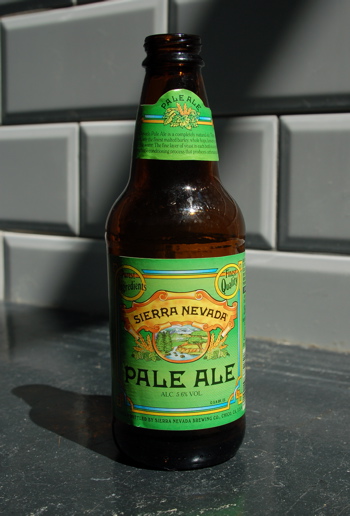Lisa, from northern Quebec, Canada, who has made several comments already on this blog, recently sent me this recipe for making pickled cucumbers. She inherited it from her mother, and it’s a favorite of everyone who has ever tried them. I haven’t tried this recipe yet, but it looks great!
Lisa says the amount of cucumbers needed depends on how small you cut them up, smaller pieces will fit more densely into the jars. With a little practice, you should be able to estimate the number of cucumbers needed. Lisa also says she usually triples this recipe to make 6 1-quart jars.
The kind of canning jars used in this recipe are the ones with screw top metal lids.
Garlic and Dill Pickles
- 2 1-quart (1 liter) canning jars
- 1 cup vinegar
- 4 Tablespoons pickling salt
- 2 teaspoons brown sugar
- a few cloves of garlic and a few sprigs of dill for each jar
The pickles need to be processed in bath of boiling water, and now is a good time to put this on and start the water boiling. The amount of water needed can be determined by placing the empty jars in the kettle and filling the water to just below the neck of the jars.
Carefully wash the cucumbers. You can do this by soaking in cold water, and changing the water 2 or 3 times to make sure all the dirt is rinsed away. Soaking the cucumbers in cold water is also the secret to crunchy pickles.
Prepare the jars and lids by washing in hot soapy water, rinse, dry and sterilize in the oven for 15 minutes at 220F (100C).
Make the brine by combining vinegar, salt and 4 cups (1 liter) of water. Boil this for 5 minutes, and ensure it is boiling hot before use below.
Take the jars out of the oven, one at a time, place 1 teaspoon sugar, dill and half the garlic into each jar. Hold the jars in place with oven mitts, and be careful not to burn yourself.
Fill each jar with cucumbers using a wooden spoon. Pack as tightly as possible. Place the remaining garlic in the jars, and fill with boiling hot brine to 1/4 to 1/2 inch (about 1cm) from the top of each jar. Wipe the tops of the jars, to ensure nothing remains that can prevent a good seal. Loosely screw hot lids onto jars. Don’t tighten the lids all the way yet.
Place jars into the water bath, and boil for about 5 minutes or until the color of the pickles changes. When the pickles are finished processing, screw the lids on tightly. Place the jars upside-down on their lids for a few minutes, then turn upright and put somewhere they will not be disturbed for 12 hours. At some point you will hear the lids pop, as they complete their seal. They then need to sit for 2 weeks before they can be eaten.


